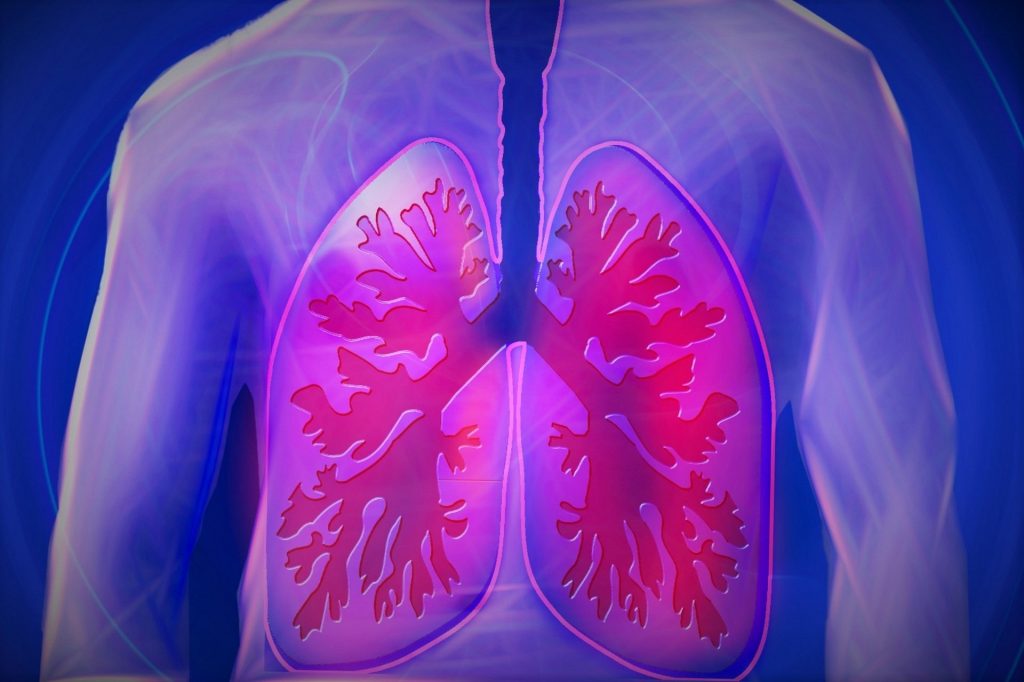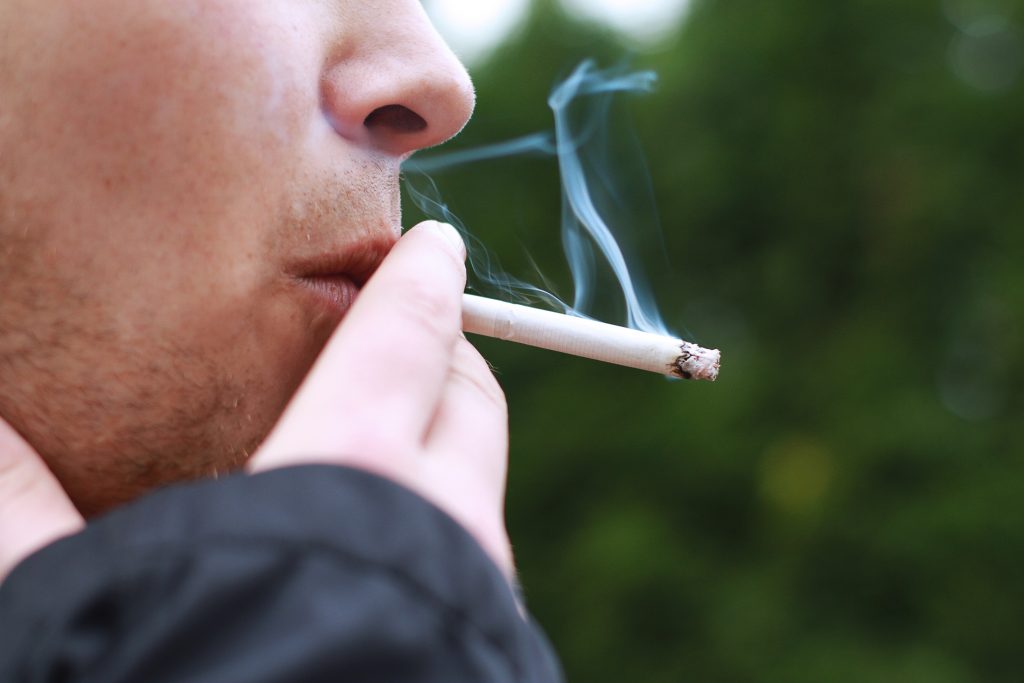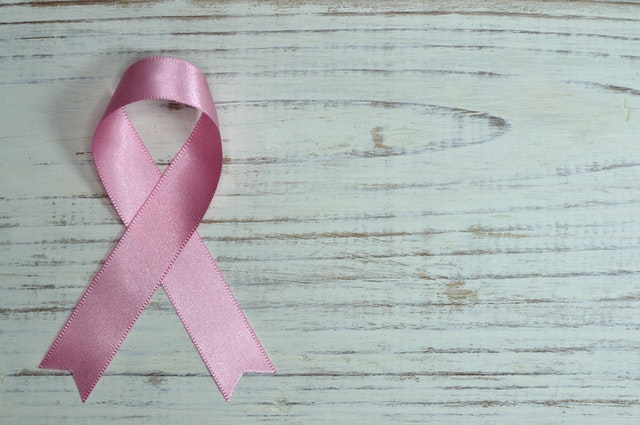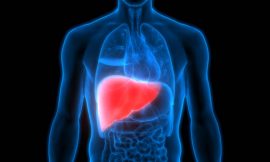Cancer is a disease in which cells in the body grow out of control. When cancer starts in the lungs, it is called lung cancer, or we can say lung cancer is a condition that causes cells to divide in the lungs uncontrollably. This causes the growth of tumors that reduce a person’s ability to breathe. Identifying lung cancer in its earliest stages can be difficult, however, because the symptoms may be similar to those of a respiratory infection, or there may be no symptoms at all.
What are the symptoms of lung cancer?
Symptoms of non-small cell lung cancer and small cell lung cancer are basically the same.
Early symptoms may include:
- lingering or worsening cough
- coughing up phlegm or blood
- chest pain that worsens when you breathe deeply, laugh, or cough
- hoarseness
- shortness of breath
- wheezing
- weakness and fatigue
- loss of appetite and weight loss
You might also have recurrent respiratory infections such as pneumonia or bronchitis.
As cancer spreads, additional symptoms depend on where new tumors form. For example, if in the:
- lymph nodes: lumps, particularly in the neck or collarbone
- bones: bone pain, particularly in the back, ribs, or hips
- brain or spine: headache, dizziness, balance issues, or numbness in arms or legs
- liver: yellowing of skin and eyes (jaundice)
Tumors at the top of the lungs can affect facial nerves, leading to drooping of one eyelid, small pupil, or lack of perspiration on one side of the face. Together, these symptoms are called Horner syndrome. It can also cause shoulder pain.
Tumors can press on the large vein that transports blood between the head, arms, and heart. This can cause swelling of the face, neck, upper chest, and arms.
Lung cancer sometimes creates a substance similar to hormones, causing a wide variety of symptoms called paraneoplastic syndrome, which include: - muscle weakness
- nausea
- vomiting
- fluid retention
- high blood pressure
- high blood sugar
- confusion
- seizures
- coma

Diagnosis of Lung Cancer
If a doctor identifies a suspicious lesion on a lung cancer screening, or a person is experiencing symptoms that could indicate lung cancer, several diagnostic tests are available to confirm the next steps.
Imaging studies: Computed tomography (CT) and positron emission tomography (PET) scans might reveal areas of lung tissue with cancer. Bone scans can also indicate cancerous growths. Doctors may also use these scans to track the progress of treatment or to ensure cancer has not returned, following a course of treatment.
Tissue sampling: If a doctor identifies a suspicious lesion on an imaging study, they may recommend taking a sample of lung tissue to test for potentially cancerous cells.
There are different ways to take a tissue sample, and the method often depends on the location of the lesion.
Lab testing: A doctor may also order sputum testing or blood testing to check for the presence of lung cancer.
A doctor will use this information to determine what type of lung cancer may be present, and how advanced the disease has become.
What are the Causes of Lung Cancer?
Smoking

Smoking tobacco is by far the leading cause of lung cancer. About 80% of lung cancer deaths are caused by smoking, and many others are caused by exposure to secondhand smoke. Smoking is clearly the strongest risk factor for lung cancer, but it often interacts with other factors. Smokers exposed to other known risk factors such as radon and asbestos are at an even higher risk. Not everyone who smokes gets lung cancer, so other factors like genetics probably play a role as well.
Not all people who get lung cancer are smokers. Many people with lung cancer are former smokers, but many others never smoked at all. And it is rare for someone who has never smoked to be diagnosed with small cell lung cancer (SCLC), but it can happen.
Lung cancer in non-smokers can be caused by exposure to radon, secondhand smoke, air pollution, or other factors. Workplace exposures to asbestos,diesel exhaust or certain other chemicals can also cause lung cancers in some people who don’t smoke.
A small portion of lung cancers occur in people with no known risk factors for the disease. Some of these might just be random events that don’t have an outside cause, but others might be due to factors that we don’t yet know about.
Gene changes
Scientists know how some of the risk factors for lung cancer can cause certain changes in the DNA of lung cells. These changes can lead to abnormal cell growth and, sometimes, cancer. DNA is the chemical in our cells that makes up our genes, which control how our cells function. DNA, which comes from both our parents, affects more than just how we look. It also can influence our risk for developing certain diseases, including some kinds of cancer.
Some genes help control when cells grow, divide to make new cells, and die:
- Genes that help cells grow, divide, or stay alive are called oncogenes.
- Genes that help control cell division or cause cells to die at the right time are called tumor suppressor genes.
Cancers can be caused by DNA changes that turn on oncogenes or turn off tumor suppressor genes. Changes in many different genes are usually needed to cause lung cancer.
Stages of Lung Cancer
Cancer stages tell how far the cancer has spread and help guide treatment.
The chance of successful or curative treatment is much higher when lung cancer is diagnosed and treated in the early stages, before it spreads. Because lung cancer doesn’t cause obvious symptoms in the earlier stages, diagnosis often comes after it has spread.
Non-small cell lung cancer has four main stages:
- Stage 1: Cancer is found in the lung, but it has not spread outside the lung.
- Stage 2: Cancer is found in the lung and nearby lymph nodes.
- Stage 3: Cancer is in the lung and lymph nodes in the middle of the chest.
- Stage 3A: Cancer is found in lymph nodes, but only on the same side of the chest where cancer first started growing.
- Stage 3B: Cancer has spread to lymph nodes on the opposite side of the chest or to lymph nodes above the collarbone.
- Stage 4: Cancer has spread to both lungs, into the area around the lungs, or to distant organs.
Small-cell lung cancer (SCLC) has two main stages. In the limited stage, cancer is found in only one lung or nearby lymph nodes on the same side of the chest.
Treatment of Lung Cancer
Treatments for lung cancer depend on its location and stage, as well as the overall health of the individual.
Possible treatments include:
Surgery: A doctor may operate to remove cancerous lung tissue and tissue in the surrounding areas where cancer may have spread. This sometimes involves removing a lobe or large segment of the lung in a procedure called a lobectomy.
Chemotherapy: This treatment uses drugs to shrink or eradicate cancer cells. These medications target rapidly dividing cells, which makes them ideal for treating cancer.
Chemotherapy treatment has a more significant impact on cancers that have spread to different parts of the body and require a body-wide attack.
Radiation therapy: This approach uses high-energy rays to kill cancerous cells. A doctor may also use radiation to shrink a tumor before removing it surgically.
Targeted therapy: This is the use of particular medications that specifically target a particular behavior in cancer cells. Examples include medicines that stop cancer cells from multiplying.





